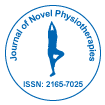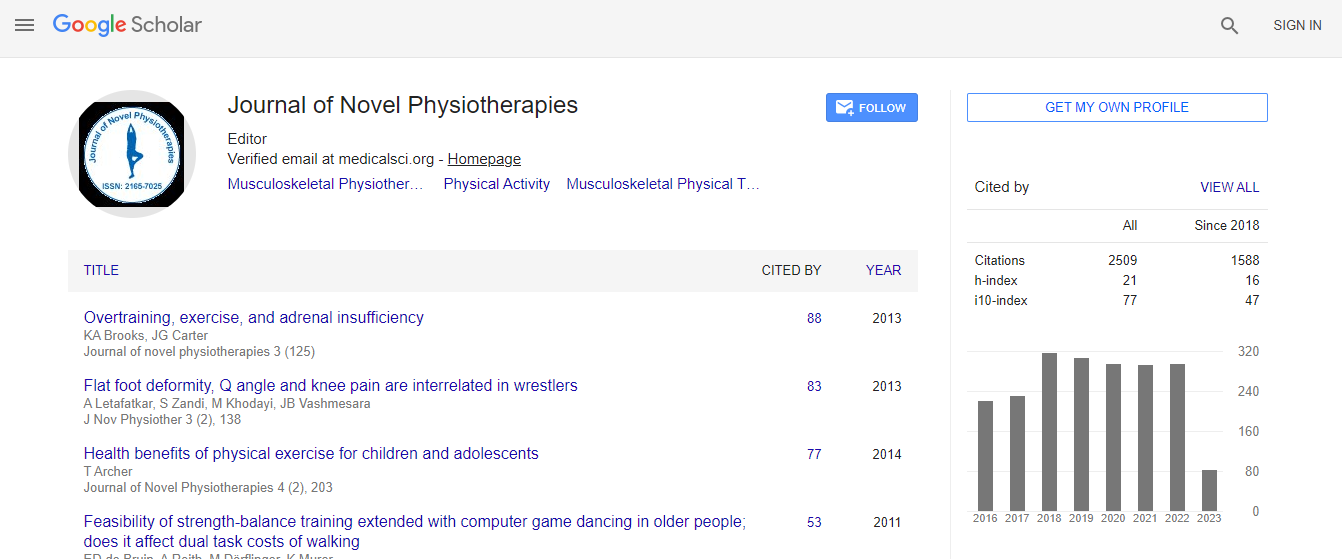Research Article
Three-Dimensional Motion Analysis: Relevant Concepts in Physiotherapy Movement Dysfunction Management
| Derek J Rutherford1,2* and Cheryl Hubley-Kozey1,2 | |
| 1School of Physiotherapy, Dalhousie University, Halifax, Nova Scotia, Canada | |
| 2School of Biomedical Engineering, Dalhousie University, Halifax, Nova Scotia, Canada | |
| Corresponding Author : | Derek J Rutherford School of Physiotherapy, Dalhousie University 5869 University Avenue, Halifax, Nova Scotia, B3H 3J5, Canada Tel: 1 (902) 494 4248 Fax: 1 (902) 494 1941 E-mail: djr@dal.ca |
| Received February 24, 2014; Accepted May 23, 2014; Published May 25, 2014 | |
| Citation: Rutherford DJ, Kozey CH (2014) Three-Dimensional Motion Analysis: Relevant Concepts in Physiotherapy Movement Dysfunction Management. J Nov Physiother 4:214. doi: 10.4172/2165-7025.1000214 | |
| Copyright: © 2014 Rutherford JD, et al. This is an open-access article distributed under the terms of the Creative Commons Attribution License, which permits unrestricted use, distribution, and reproduction in any medium, provided the original author and source are credited. | |
Abstract
The explorations of typical and dysfunctional movements are recognized physiotherapy assessment and management strategies. With the development of state-of-the-art three-dimensional (3-D) motion capture systems, traditional two-dimensional and observational movement quantification are being used less frequently in research initiatives. This technology is slowly infiltrating physiotherapy practice as systems become more accessible. Knowledge of 3-D acquisition methodology will provide insight into advancing movement dysfunction theories in physiotherapy. The objective of this commentary is to introduce the clinician to 3-D motion capture while providing a basic theoretical framework for understanding this methodology. The current use of 3-D systems and the limitations of this study methodology are reviewed. Familiarization with the use of this technology and understanding the methods in capturing 3-D motion will provide the physiotherapist with the latest knowledge in movement dysfunction. These concepts are an exceptional addition to the clinical reasoning strategies currently employed in the profession of physiotherapy.

 Spanish
Spanish  Chinese
Chinese  Russian
Russian  German
German  French
French  Japanese
Japanese  Portuguese
Portuguese  Hindi
Hindi 
